Note: This website was automatically translated, so some terms or nuances may not be completely accurate.
Why did this 93-year-old confectionery succeed with Amazon sales?
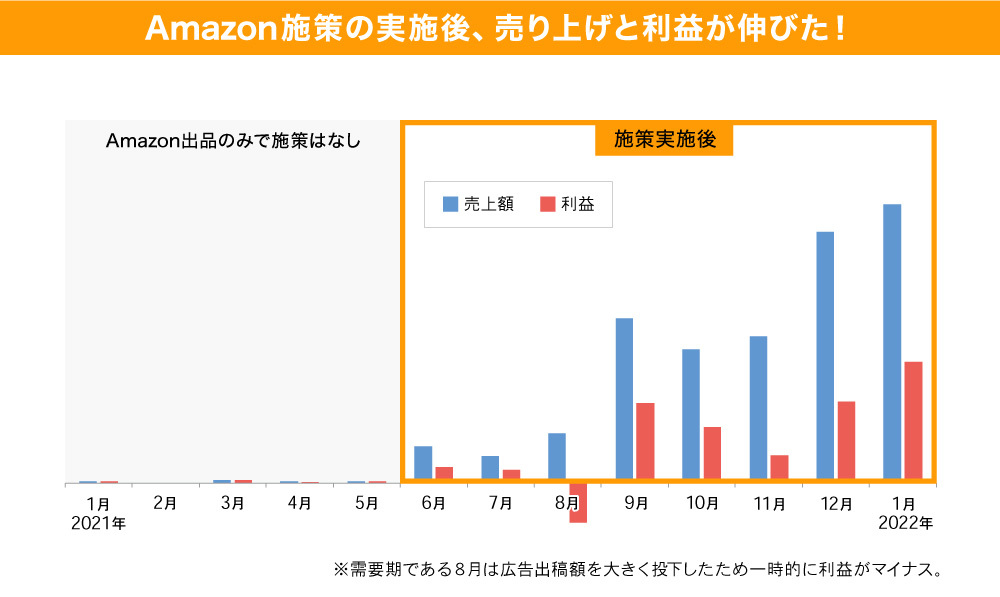
Due to the decline in physical store sales caused by the COVID-19 pandemic, more companies are turning to e-commerce (EC). Among these, opening a store or listing products on a well-known mall-type EC platform like Amazon holds significant potential for substantial sales growth.
However, simply opening a store or listing products on a major platform does not guarantee sales. Substantial sales growth requires implementing various strategies.
This article introduces the case of Tsuboya Sohonten, a long-established confectionery shop in Asahikawa City, Hokkaido, selling its signature product "Kihana" on Amazon. The narrator is Mr. Junichi Tokunaga, President and CEO of Barriz, an e-commerce consulting company that worked closely with Tsuboya Sohonten on their Amazon strategy.
Barriz Inc.
A consulting firm specializing in advertising, marketing, and promotions centered around e-commerce. They offer " Zenmai," a comprehensive service supporting companies considering selling their own products on Amazon, covering everything from listing setup to customer acquisition improvement strategies.
Tourism demand declined during the COVID-19 pandemic, leading to sluggish sales.

Tsuboya Sohonten, founded in 1929 (Showa 4), is a confectionery manufacturing and sales company celebrating its 93rd year this year. It operates 20 company-owned stores within Hokkaido. Its flagship product, "Kibana," is widely distributed as a Hokkaido souvenir, including at airports.
However, due to stay-at-home requests and travel restrictions during the COVID-19 pandemic, tourism and business travel demand plummeted. Sales along tourist routes declined significantly, particularly due to the sharp drop in tourists.
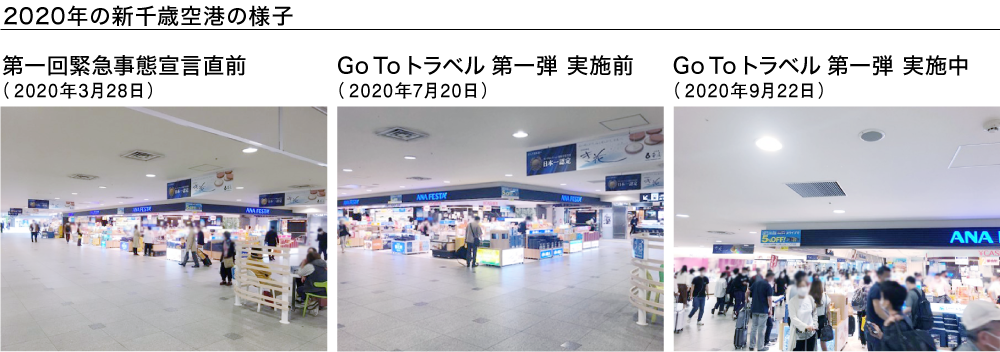
This photo was taken at the same location in New Chitose Airport in 2020. As you can see, foot traffic fluctuates greatly depending on the situation, such as during "State of Emergency" declarations or "GoTo Travel" campaigns. Even now, monthly production volumes are determined based on the rise and fall of infection numbers and government/local authority policies.
Amid the urgent need to discover new demand and expand sales channels, Tsuboya Sohonten positively viewed the pandemic period as "a time for sowing new seeds," implementing ideas suited to the era of living with COVID-19.
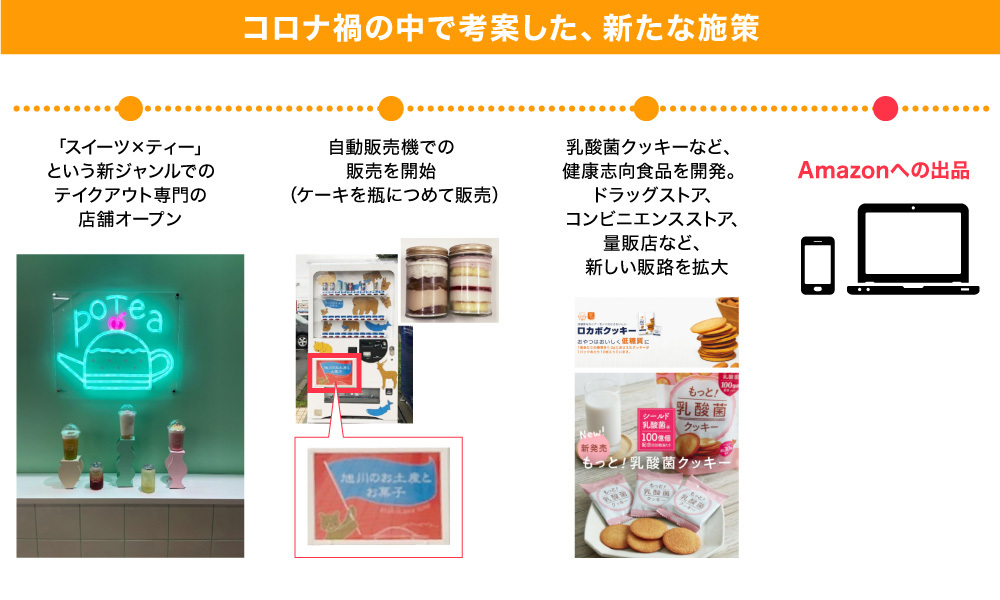
Regarding e-commerce, the company had previously established its own website. However, the user interface (UI) was not optimized for smartphones, and both site updates and customer acquisition were difficult. They also listed products on Amazon, but this was largely neglected, resulting in poor sales. Furthermore, even if they wanted to revitalize these e-commerce efforts, they lacked dedicated web personnel and didn't know where to start.
This situation is common, not just at Tsuboya Sohonten. Barriz was commissioned by Tsuboya Sohonten to work closely with them, rethinking their entire e-commerce strategy.
Defining the purpose of e-commerce initiatives clarifies which strategies to prioritize
In Tsuboya Sohonten's case, facing sluggish sales along tourist routes like airports, we set the e-commerce strategy goal as "generating stable and immediate sales."
However, e-commerce strategies encompass various methods: selling through a proprietary website, utilizing marketplace platforms like Amazon, and increasingly, social commerce. We first examined which strategies Tsuboya Sohonten could implement with speed.
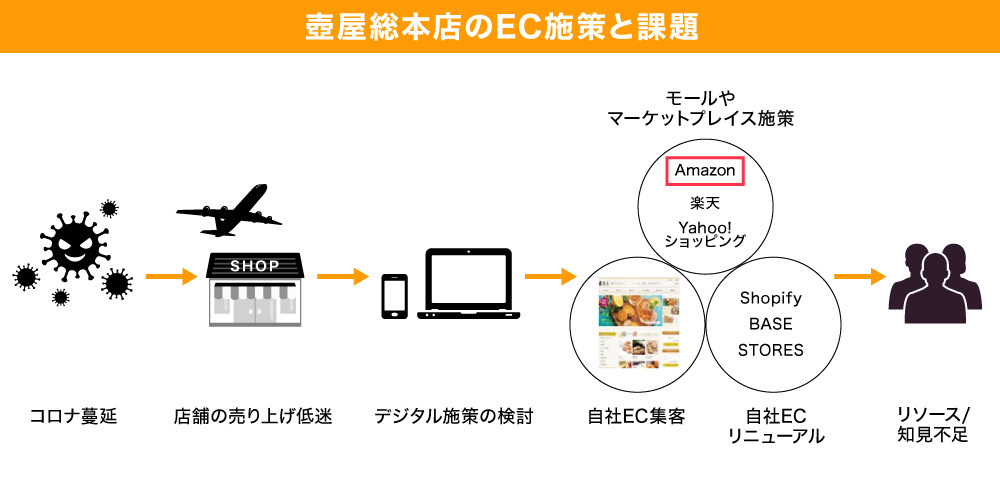
Amazon, though largely neglected, offered the following advantages:
・Products were already listed
・Simple listing process with low fixed costs
・Amazon attracts high traffic, allowing us to compete while suppressing customer acquisition costs compared to our own site
Next, regarding our own e-commerce site:
・Even with advertising spend, the cost-effectiveness is poor from a UI perspective
・Site renewal requires significant time and expense, making it unsuitable for the goal of "immediate sales supplementation"
We concluded that.
Therefore, we decided to pursue new initiatives on Amazon. At Barriz, we offer a service called " Zenmai " that supports tailored strategies for each phase, from listing products on Amazon to improving customer acquisition. Our challenge began, combining Tsuboya Sohonten's passion with our expertise.
Launch Phase: Organizing the Storefront to Maximize Product Appeal for Users
Tsuboya Sohonten's initial challenge was that they weren't getting "carts" on Amazon. This made it difficult for listings to lead to sales.
Amazon operates under a "one product, one page" rule. When multiple shops sell the same item, only one shop can secure the cart on the product detail page. Other shops appear in less prominent areas of the page. Most shoppers purchase by clicking "Add to Cart" on the right side of the product detail page. Securing the shop's display on the product detail page is called "getting the cart," and it's no exaggeration to say it's the most crucial factor for selling products on Amazon.

While there are various theories about why a shop might not get the cart, two factors are considered particularly important: "price" and "shipping speed."
Regarding price, Tsuboya Sohonten does not offer discounted sales, making coupon promotions or flexible price adjustments impossible.
On the other hand, for the latter factor, shipping speed, switching to "Fulfillment by Amazon" (FBA) allows for faster delivery. FBA is a service where Amazon handles everything from picking and packing the ordered items to shipping and customer service. Utilizing FBA makes the product eligible for Amazon Prime (a paid membership program), significantly increasing delivery speed.
Switching to FBA allowed us to secure carts. This established the essential foundation for selling on Amazon.
During the initial launch phase, it's also crucial to understand Amazon's sales logic and optimize your "storefront" to create a welcoming customer experience. We revised our product detail pages to effectively convey the appeal of "Kihana" while keeping SEO strategies in mind.
The section visitors read most is the product introduction content in the middle of the page, commonly called "A+". Combining images and text to attractively convey product information—like manufacturing methods and unique features—can boost purchase intent.

Amazon also offers a "Variations" feature, allowing multiple products of the same model—such as different quantities or flavors—to be sold together on a single page. We created a user flow that makes it easy for customers to find the product they want, much like browsing a physical store shelf.

Regarding their initial efforts, a representative from Tsuboya Sohonten stated, "At first, we didn't even understand the 'cart' feature. So, we started by learning Amazon's system. After all, if we didn't understand something ourselves and just handed it off to Barriz, we couldn't grow or sustain our efforts. That said, it's true that gathering information on e-commerce marketing know-how, insights, and technical aspects has its limits when done alone. What was needed to maximize the appeal of our products and boost sales? We learned a great deal from Barriz."
Growth Phase: Riding the "Spiral" of Selling Products on Amazon
Once the preparatory work for the introduction phase is complete, the most critical phase begins: "Customer Acquisition and Sales Growth Strategies." First, the key elements for maximizing sales on Amazon are "Product Detail Page Views × Purchase Conversion Rate × Product Unit Price."
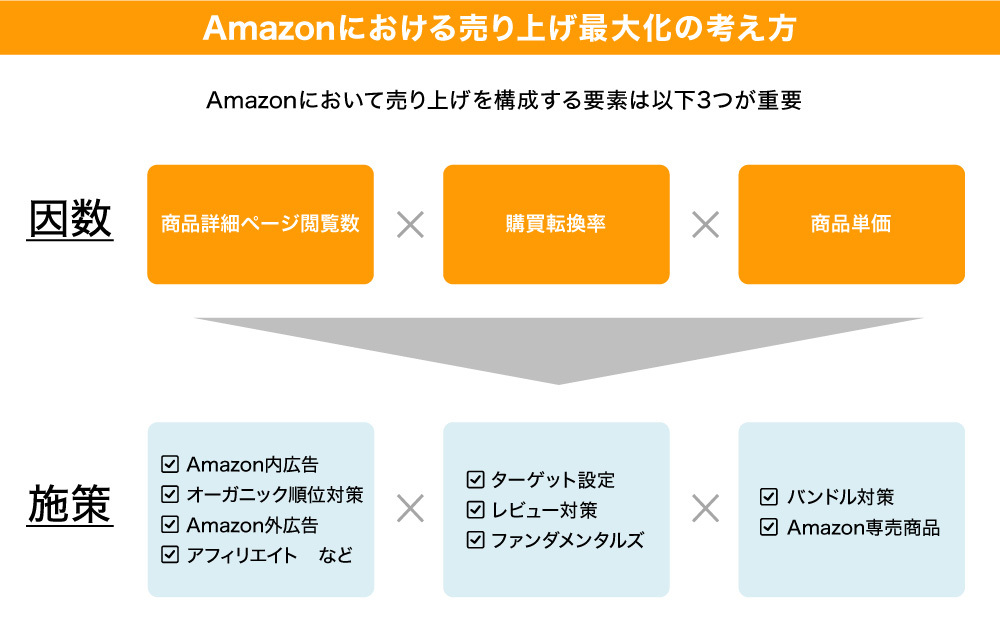
Why is increasing "product detail page views" so important? Here, we explain it following Amazon's recommended "Selling Product Spiral" (see diagram below).

As the "page views" on your product detail page increase and "sales volume" grows, your "listing rank" improves when Amazon users perform organic searches (e.g., "Hokkaido sweets") in the search box. A higher "listing rank" then drives even more "page views," creating a positive spiral. Conversely, low "page views" lead to the "buried product" cycle shown on the left in the diagram above.
Thus, within Amazon, increasing "page views" and "sales" are the most critical metrics for improving "listing rank." Advertising is extremely important as a means to increase "page views." For "Kihana," we also ran ads combining three menus tailored to specific objectives, from awareness to purchase.
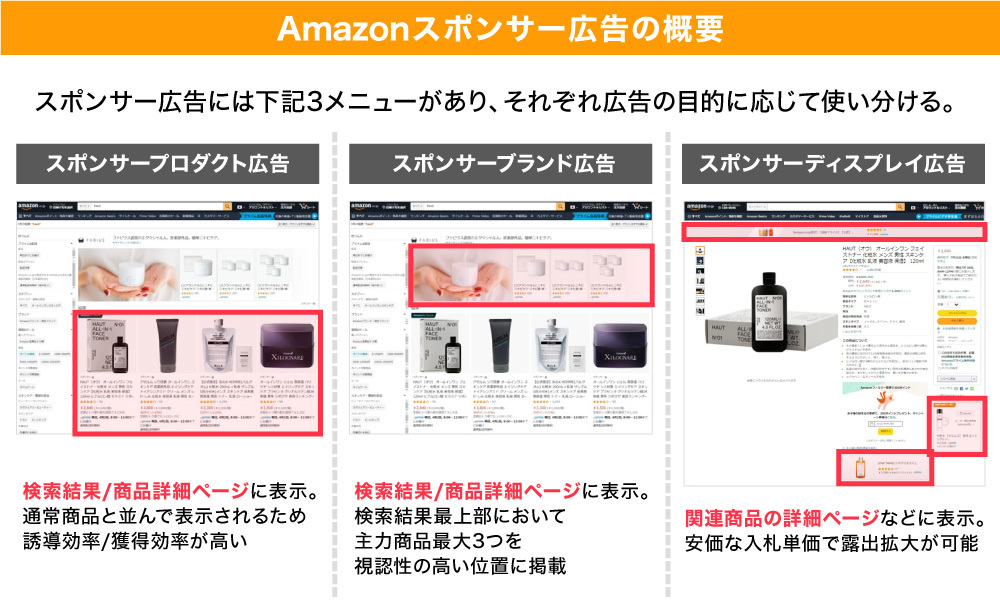
Starting ad operations on August 10th, by the next day, two types of "Kihana" appeared prominently when searching the keyword "Hokkaido souvenirs." We confirmed the sequence: ad placement → increased page views → increased sales → improved listing ranking.
Building this sales track record naturally improves organic search rankings for related keywords (Hokkaido, sweets, souvenirs, gifts, popular, etc.). This increases non-advertising traffic and non-advertising sales, creating a "hot product" spiral. By January 2022, "Kihana" achieved a 734% increase in profit compared to June 2021, when the initiative began.

The representative from Tsuboya Sohonten shared these valuable insights: "We never imagined we could grow sales and profits this much on Amazon. The key factor was consistently executing the PDCA cycle for our Amazon sales. Additionally, the passion shown by the Barriz representative was significant. For e-commerce initiatives, partnering with a company that shares the same level of passion as the store and works towards the goal is crucial for success."
The keys to successful e-commerce entry are "defining clear objectives" and understanding the "sales spiral."
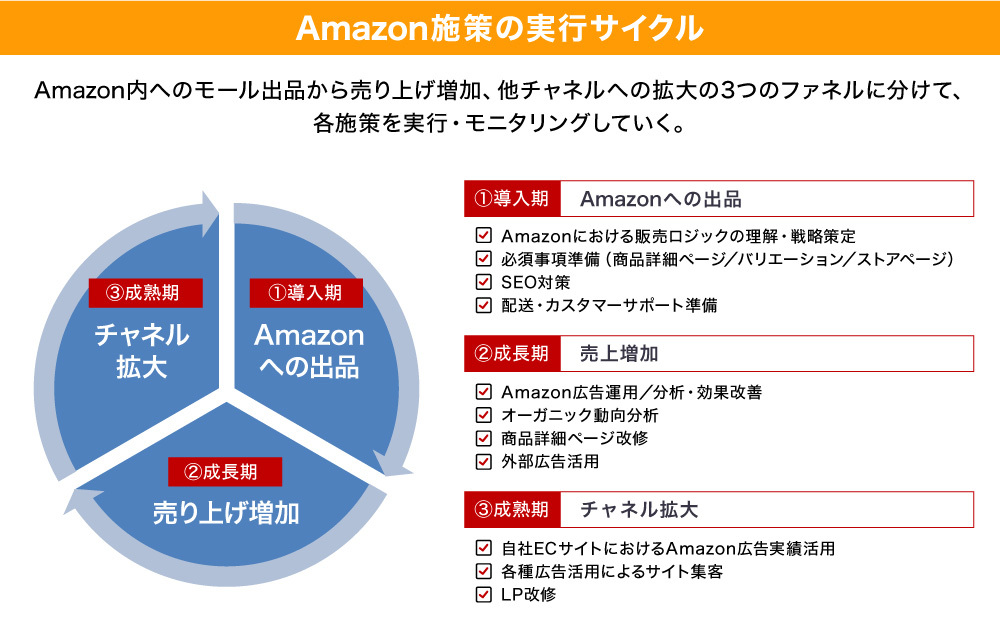
The execution cycle for Amazon strategies is summarized in the diagram above. This article introduced the strategies for the introduction and growth phases within this cycle. Entering e-commerce involves not only opening a store or listing products on mall-type platforms like Amazon, but also launching your own website to attract customers and sell directly. Neither approach is inherently better; it's crucial to understand your company's current situation and determine which channel to choose based on your specific "challenges" and "objectives."
Furthermore, just as operating physical stores requires significant effort, personnel, and expertise, running an e-commerce business demands strategic planning, understanding of operational logic, and securing the necessary personnel and costs for day-to-day operations. A representative from Tsuboya Sohonten also stated, "When physical stores are the main business, e-commerce tends to be neglected internally. However, engaging with Amazon strategies made us rethink e-commerce's position. We truly realized e-commerce is not just a side business."
Furthermore, just like physical stores, success in e-commerce hinges on executing strategies tailored to each stage and continuously verifying and improving to address challenges that arise during operation.
For insights on e-commerce marketing, we also recommend the following article on social commerce initiatives:
A D2C Inc. Support Company Practices Social Commerce Itself! What Insights Were Gained?
※ Amazon is a registered trademark of Amazon.com, Inc. or its affiliates.

Was this article helpful?
Newsletter registration is here
We select and publish important news every day
For inquiries about this article
Author

Junichi Tokunaga
Barriz Co., Ltd.
President and CEO
After joining Cyber Communications Inc. (now CARTA COMMUNICATIONS), he was seconded to a digital-specialized advertising agency where he worked as a media planner. He subsequently established a team providing digital marketing support in the e-commerce sector. In April 2020, he founded Barriz Inc., a company providing marketing support on Amazon, and assumed the position of President and CEO.

